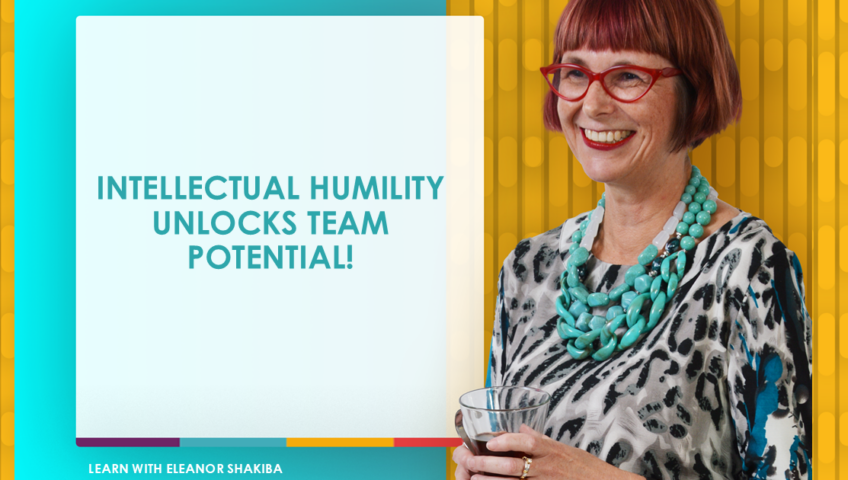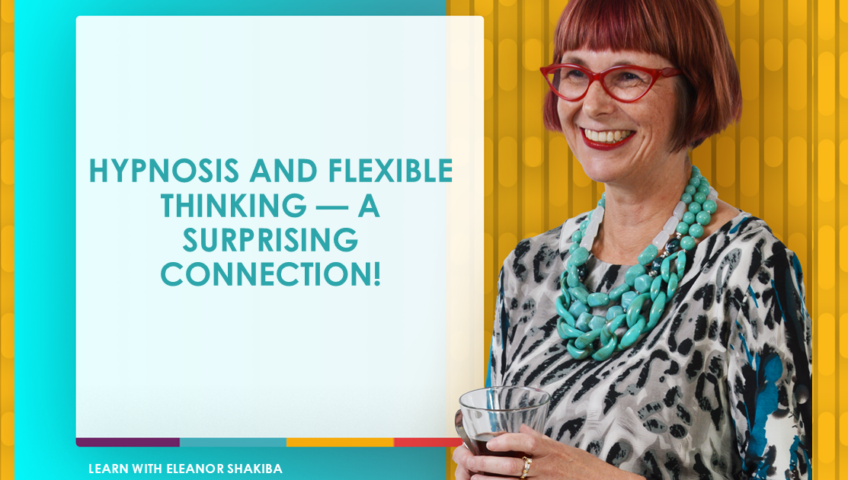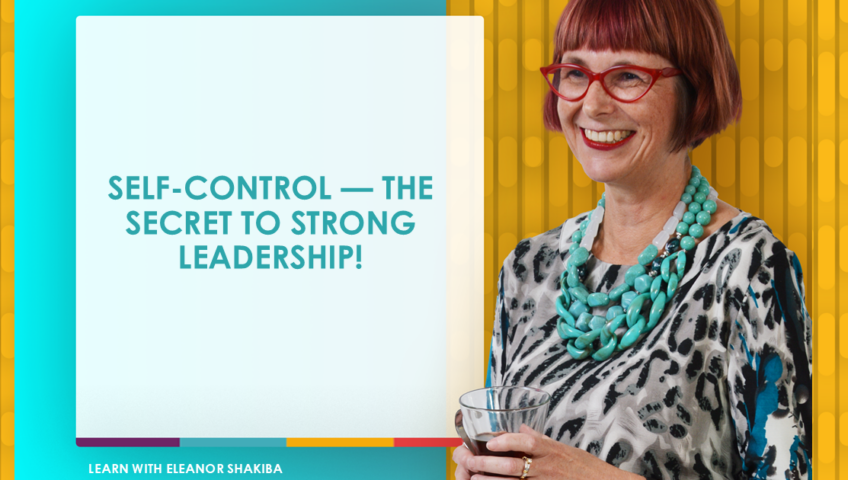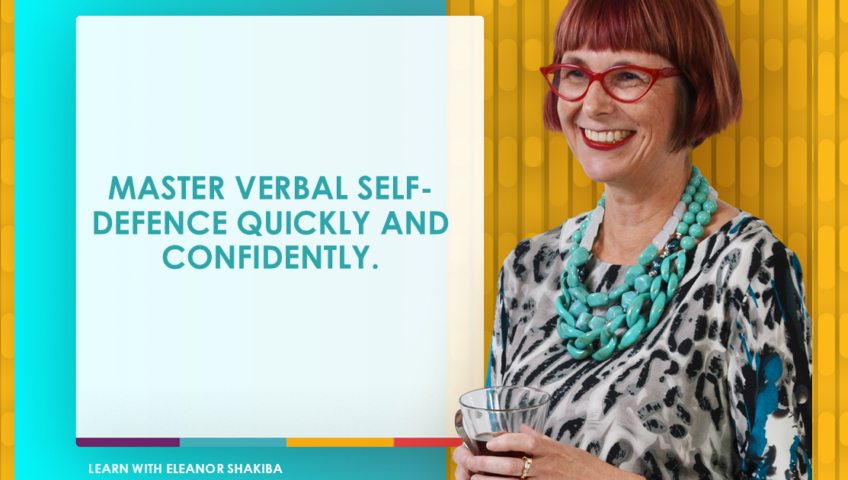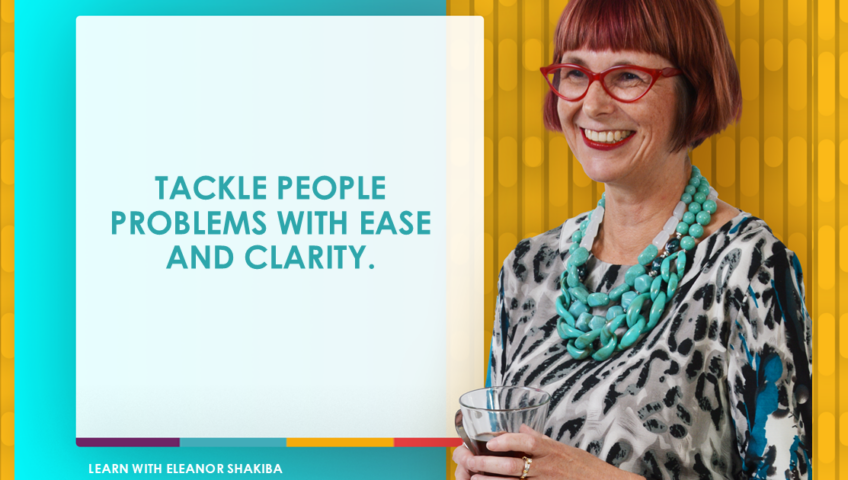Positive leadership isn’t just a buzzword. It’s a whole new way of leading. A positive leader is someone who not only focuses on achieving results, but also prioritises the well-being and growth of their team. But how do you become that leader? It involves way more than just smiling and giving compliments. In fact, it takes effort to be a positive leader. It means thinking in new ways that, research is showing, can really make a difference.
Let’s break it down. Imagine your team is a ship and you’re the captain. The ways you navigate set the course for that ship. When you lead with positivity, you’re not only steering the ship in a positive direction, but also keeping it working in peak performance state.
Here’s the cool part – becoming a positive leader will make you happier and more fulfilled. Plus, it turns out that positivity spreads. Teams with positive leaders are more likely to be interested, committed and willing to go the extra mile at work. Plus, they’re more resilient in tough times. Think about it. Would you rather be steered through a storm by a captain who’s calm and optimistic, or one who’s frazzled and panicking?
Free e-book and video tips.Get your copy today!
|
|
But hey, don’t just take it from me. This isn’t just fluffy, feel-good stuff. It’s backed by hard science. Researchers from Michigan and the University of Western Australia, among others, have found solid evidence linking positive leadership to improved outcomes. For example, in Australia, researchers surveyed over 300 executives and found that those with higher levels of positivity achieved better business results than their less positive counterparts.
Kim Cameron is a key researcher in this area. He has shown that positive leadership creates an environment of trust, collaboration and innovation – all crucial elements for success in today’s complex world. So, what’s the bottom line? Positive leadership isn’t just a nicety. It’s a must-have. As a manager or business owner, you’ve got the power to set the tone in your team. Make it a positive one? Not only will it make your team’s journey smoother, but it could also make your success that much sweeter.
More of the article here.
This article summary was created by Eleanor Shakiba
Eleanor is a leadership trainer, success coach and people skills expert. She helps managers and business owners build thriving teams and organisations, using tools from Positive Psychology. She's trained more than 60,000 people during her career as a corporate trainer and professional development consultant. Her mission is inspiring talented people to become leaders who make a difference.




